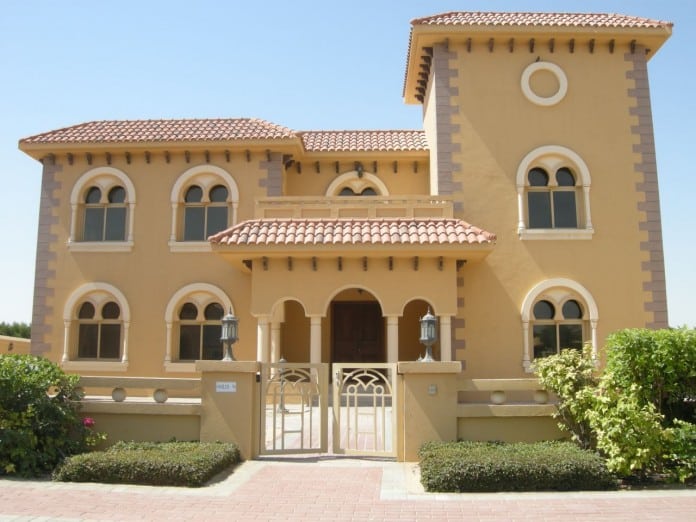
Property prices in developed markets have rebounded from the crash which followed the credit crisis of 2008. Now, there are rising fears of a new property bubbles building in several locations worldwide.
Israel, Canada, Norway, Belgium, Australia, Dubai, Hong Kong, London and Singapore are all causing concern among economists and property market analysts. House prices have risen by close to 40 percent in Israel since 2009, with Norway up by nearly 30 percent and Switzerland by over 20 percent over the same period. Some property analysts report the house prices in Dubai rose between 30% and 50% only since the beginning of 2013.
These house price booms are being fueled by the relative ease with which residents can borrow more money to fund house-buying. After central banks including the Federal Reserve and the European Central Bank (ECB) propped up the financial markets with an influx of cheap money, these banks had more credit available for consumers. And those loans are cheaper as a result of historically low interest rates in many countries.
When interest rates are so low, there’s always a risk of too much money being allocated to assets you can borrow against.
While most of the house price booms are likely to continue through 2014, 2015 could see a number of bubbles bursting, according to economists at Goldman Sachs.
This has led to governments in a number of places taking action to cool the housing market. For example, in Dubai the government passed a regulation for increasing property transactions fee from 2% to 4%.
Politicians and economists want a recovery in the housing markets, but are also wary of the danger of significant exuberance.
The faster rise in house price valuations has been, the more likely they are to see a slump in the next few years.
Based on this methodology, Israel, Germany, and Switzerland are most likely to see a significant drop in prices, according to Goldman Sachs economists. The ratio of house prices to rent is discouraging investors. For example, now in Downtown Dubai the price for a large one bedroom apartments is nearly 2 million dirhams, while you can rent it for maximum 100,000 a year. This return rate is nearly two times lower than the normal one.
Peaks in housebuilding are usually followed by peaks in property prices within a couple of years.
For example, during the past two years Dubai has benefited from its safe haven status. An influx of money from the Gulf post-Arab Spring and Indian investors helped to increase prices in the city.
In Canada, on the other hand, the number of permits issued to build houses is at an all-time high, and the level of construction activity is causing concerns about overbuilding.
Sydney and Melbourne’s markets are also benefiting from an influx of international cash, mainly from China, Malaysia and Singapore, according to Bailey.
In London, while the central London market has been driven in part by foreign buyers, outside of the center of the capital, the story is very different – and prices are distinctly less quick to rise.
At present, some of the most notoriously burst bubbles of the 2008 crisis are re-inflating quickly.



































